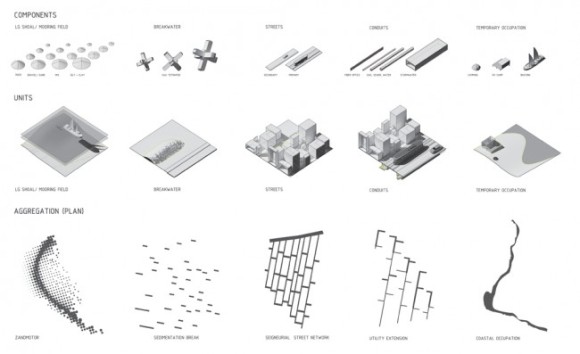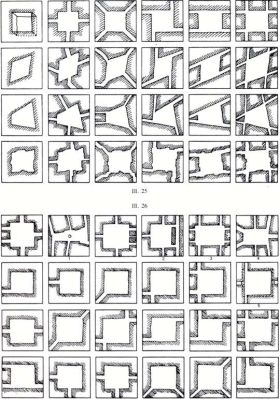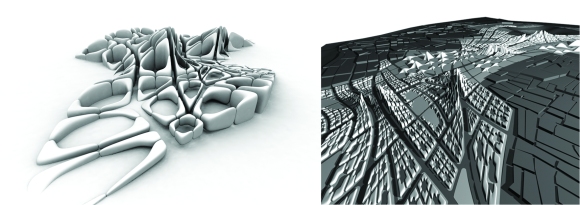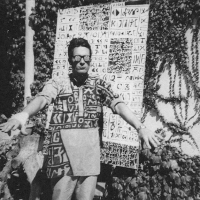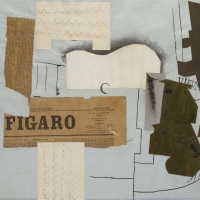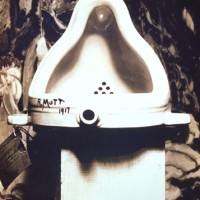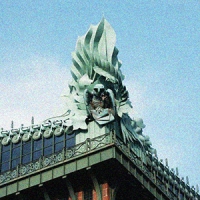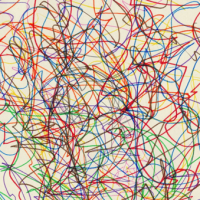Simply put, morphology is the form and structure of anything.
Morphology is an “account of form,” an account that allows us a rational grasp of the morphe by making internal and external relations intelligible. It seeks to be a general theory of the formative powers of organic structure. The Pre-Darwinian project of rational morphology was to discover the “laws of form,” some inherent necessity in the laws which governed morphological process. It sought to construct what was typical in the varieties of form into a system which should not be merely historically determined, but which should be intelligible from a higher and more rational standpoint. (Hans Driesch, 1914, p. 149)
Borrowing from the disciplines of biology and philosophy, where it refers respectively with the study of form and structure of organisms and the science of the form of words, the term morphology is used in architectural discourse to describe the study of the changing structure of an architectural form and its formation in response to different conditions, such as time or function, or to the relationship of a form to existing typologies. Goethe is credited with the popularization of the term, although a man of letters, he was a polymath who explored scientific philosophy and biology whose work on transmutation and variation was closely bound up with the study of patterns and processes that give rise to form.
Applied to morphological research it becomes a reductive mapping process conducted with the aim of disclosing the basic spatial structure of a building or of an urban footprint. This requires the analytical break down of the whole into its parts and, in order to lay bare the architectural ‘mechanism’ the clear figure-ground distinction between solid and void. Consequently, morphological drawings are purely diagrams that can be employed to study spatial structure from a whole range of aspects.
For example, the morphology of a building can be disclosed via a diagrammatic distillation of its plan. Generally, this plan is repeated using different emphases to show, such as, circulation, room function, structural footprint, spatial primacy, etc.
Comparable, urban morphology equals the study of urban form. The morphology of a town, city or a region can be illustrated in a succession of maps in a site survey, each shown identical in scale and size to communicate points of change over time in the history of its evolution. This is more than merely abstract knowledge. Understanding the physical complexities of various scales, from individual buildings, plots, street-blocks, and the street patterns that make up the structure of towns helps us to understand the ways in which towns have grown and developed. The qualities of place are often ascribed, to a considerable extent, to such physical characteristics as size, scale, and relative proportions of various elements.









